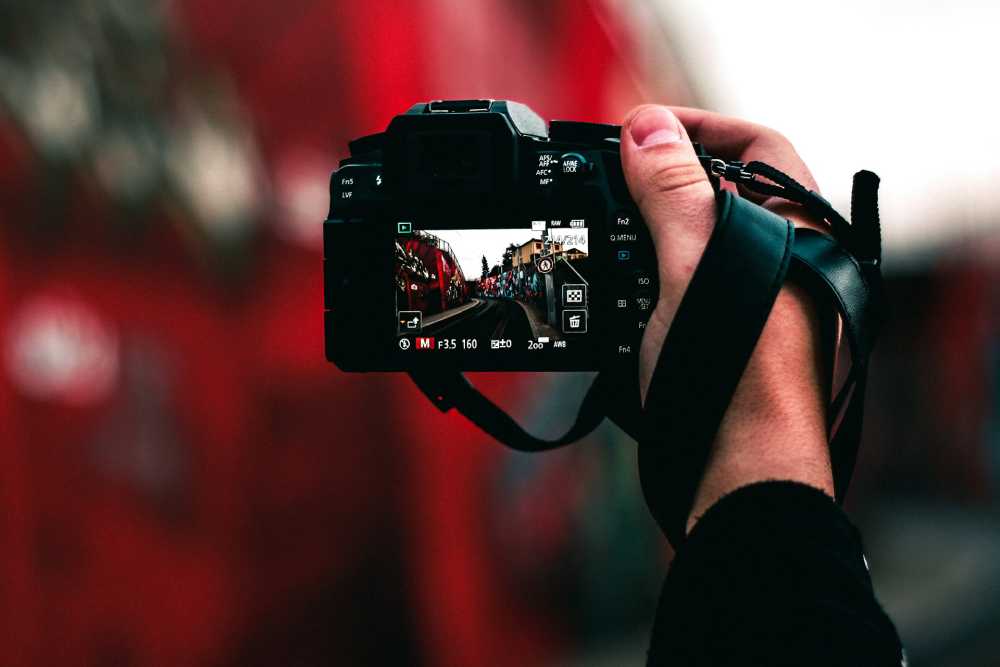
Crafting Authentic Moments: Tips for Contemporary Photographers
In the age of visual storytelling, contemporary photography has become a conduit for narrating life’s unscripted beauty.
From the bustling city streets to the silence of nature, photographers like Meg Bitton, experienced photographer, challenge the traditional paradigms by focusing on raw, authentic moments that engage our deepest sympathies and interests.
It is a form of expression that transcends geography and language, presenting the global community with images that resonate with shared human experiences. As we delve into contemporary photography, our goal is to unfold the layers that make up this intimate art form and to provide practical advice to help you, as photographers, make your mark on the world through the power of the lens.
Understanding Your Equipment
The first step in your journey toward capturing authenticity is to establish a bond with your camera. Achieving a level of comfort where changing settings becomes second nature allows you to focus wholly on the moment. It is the difference between capturing a fleeting glance brimming with emotion and missing it entirely.
Delve into the anatomy of your camera; familiarize yourself with the nuances of shutter speed, aperture, and ISO, and understand how they interact with one another to create exposures that tell a story. Different lenses have the power to alter the mood and meaning of a photograph dramatically.
A wide-angle lens, for example, can encapsulate vast landscapes, while a fixed prime lens brings sharpness to a subject’s finest details. This mastery over your tools can elevate your photography from simple snapshots to poignant art pieces.
The Art of Composition
Composition within photography can often be likened to the rhythm in music—necessary, seamless, and usually intuitive. The suitable composition draws the viewer’s eye across the image, providing a path to follow, often leading to a deeper engagement.
While the rule of thirds is an essential compositional technique, its practical application, as Digital Photography School explains, instills a sense of balance and order. Accompany this with leading lines taking the eye to the heart of the scene or cunningly placed frames that create layers of interest.
Mastering composition is like learning the language of visual literacy; the better you comprehend it, the more eloquently you can speak to your audience through your imagery.
Mastering Natural Light
Light possesses language, and you can tell the most sublime stories with its mastery. The ethereal glow of the golden hour graces subjects with a brilliant yet gentle touch, embedding a raw emotional tone within the frame.
Conversely, harnessing the midday sun to highlight contrasts can give images strength and clarity. Understanding the characteristics of light throughout the day takes persistent observation.
Successful photographers observe the quality of light much like surfers read waves, looking for the right conditions to capture the perfect shot. This discerning eye for illumination can turn the ordinary into the extraordinary.
Embracing Spontaneity
Authentic photography is often born in the realm of the spontaneous, where expressions and actions are uncovered naturally.
Encourage the unguarded moments when subjects are most relaxed or unaware of the camera’s presence. It requires patience, an anticipatory gaze, and reflexes ready to capture the milliseconds of magic that life presents you with.
Intuition becomes your closest ally as you aim to grasp the spontaneous unfolding around you. It’s about finding the extraordinary in the mundane and delivering a raw slice of life through your imagery.
The Role of Post-Processing
After the click of a shutter comes the quiet reflection of post-processing, where photos are gently refined to bring out their essence. This stage should not be a dramatic transformation but rather an opportunity for enhancement.
Skillful post-processing can elevate an image, sharpening its voice and accentuating its message while remaining faithful to the original scene.
The best edits go unnoticed, and the viewer is none the wiser to the subtle tweaks that draw out the photo’s natural beauty—a touch of contrast here, a reduction of highlights there. Each adjustment in this digital darkroom should be made with a delicate hand and discerning eye.
Finding Inspiration and New Perspectives
Artistry in photography is often fueled by a continual search for inspiration and boldness to see the world from unconventional viewpoints. Gleaning insights from the work of pioneers in the field broadens one’s horizon and injects fresh energy into your work. Experiment with unconventional angles, new subject matter, or untimely moments.
Document the overlooked, find rhythm in chaos, or peace in solitude. By pushing the boundaries of traditional perspectives, you can break new ground and forge a style that is distinctly yours.
Building a Connection with Your Subject
The most intimate aspect of photography lies in the connection you forge with your subjects. Whether capturing the candid laughter of a child or the weathered lines of an elderly face, building rapport is critical.
This connection might require time, a shared conversation, or a mutual understanding of the intended message behind the photograph. A portrait, for instance, can transform from a mere representation of a face to a window into the soul when a proper bond is established. The emotional depth of this connection humanizes your work, making it relatable and profound.
Telling a Story with a Sequence of Pictures
A narrative is an invisible thread that combines disparate moments into a cohesive story. Approaching your photography with a storyteller’s mindset implores you to look deeper, to find the link that connects each frame.
A series of images may explore the progression of a day in life, the evolution of a city, or the unfolding of an event. Each photo becomes a chapter in a visual novel, where the sum is more significant than its parts. Narratives engage viewers and encourage photographers to think and shoot intentionally, creating a more fulfilling artistic practice.
Continuous Learning and Practice
Crafting authentic moments through the lens is both an art and a science. It entails continuous learning and persistent practice, with an insatiable desire to imbue each photograph meaningfully. Your work can only ascend through trial and error, constructive critique, and embracing evolving trends and techniques.
Engage with communities, partake in workshops, and scrutinize your work with a critical eye. Each new knowledge acquired and each shutter click is a step towards refining your craft and the next striking image that will speak volumes without uttering a single word.
